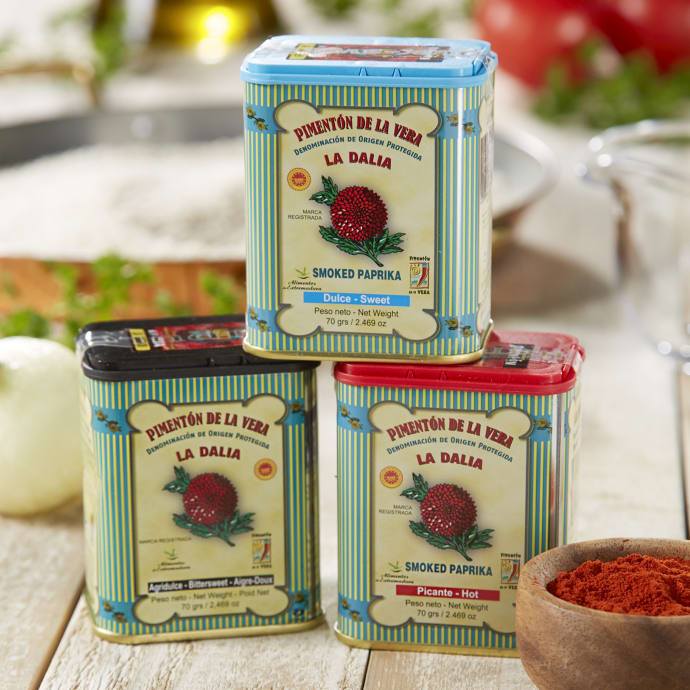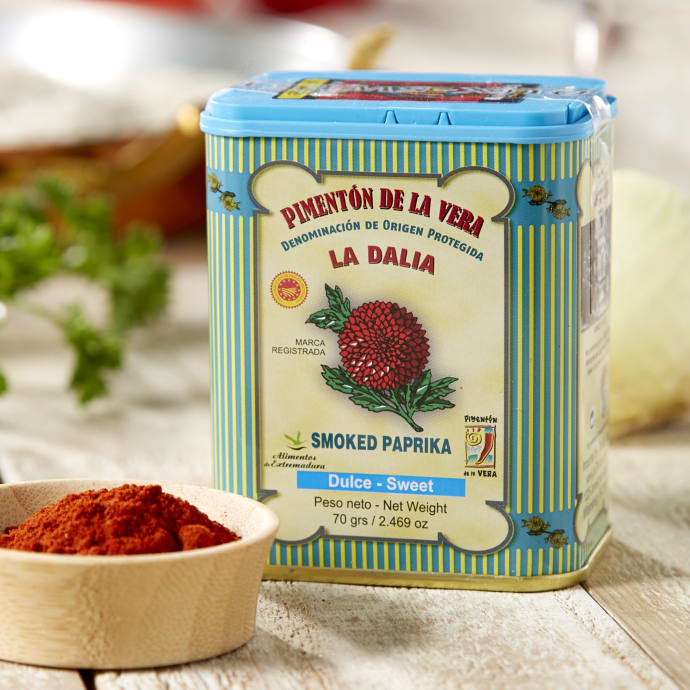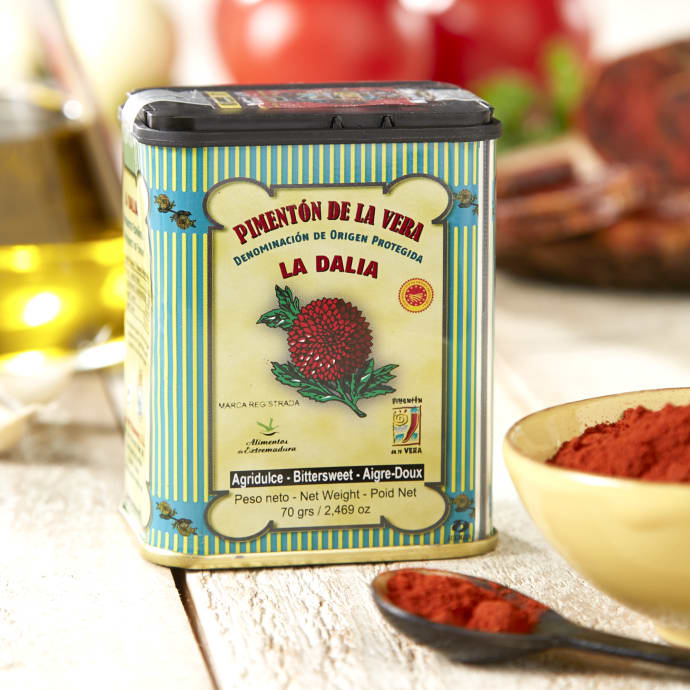Amy Culbertson
Fennel pollen. Micro-broccoli. Pine needles. Flavored foams. Trends flash through the rarefied atmosphere of the cutting-edge foodie's universe as swiftly as they do in the world of the dedicated fashionista.
Most food fads evolve from the global stage of high-profile restaurants, whether in Spain, London, New York or Tokyo. In this hyper-competitive arena, chefs are perennially seeking the next new special effect to jack up the wow factor for jaded jet-set diners.
Many of the resulting trends are reinventions of old ingredients or techniques; a few are genuine innovations. Many never make it to the kitchens or dining rooms of ordinary cooks, but some change our cooking and our pantries forever.
Here is a look at four ingredients that we think deserve a permanent place in your own pantry this year:
Smoked paprika
This is everybody's pick for the hot ingredient of the year, and with good reason.
First, it's from Spain, which continues to be the country of the moment when it comes to food and wine trends. Second, this stuff is incredibly tasty, not to mention incredibly versatile.
Lovers of Texas barbecue will understand why smoked paprika adds an earthy depth of flavor to food: The secret is the time the Spanish red peppers spend slow-smoking over smoldering oak before being ground into a fragrant, velvety burnt-red powder.
"The flavor and aroma are deep, intense, sweet, spicy and smoky," rhapsodizes the Web catalog of Zingerman's, the respected gourmet food purveyor in Ann Arbor.
Smoked paprika comes in three heat levels: dulce (sweet), agridulce (medium) and picante (hot). The top-shelf stuff is labeled "pimenton de la Vera," from the Extremadura region of western Spain.
Smoked paprika's uses in savory dishes are almost endless. It lays down an extra level of flavor in chilis, soups and stews; sparks up sauces, scrambled eggs or omelets; makes your deviled eggs or spiced nuts deliciously different.
Essential to the Spanish red-pepper-and-almond sauce called romesco, smoked paprika complements most Southwestern flavors as well.
Rub meats with it to add a subtle smoked flavor without actual smoking. Banish the blahs from rice, potatoes or casseroles with it. Drizzle olive oil flavored with smoked paprika over steak, chicken, fish or vegetables.
When cooking, be wary of scorching smoked paprika, lest it turn it bitter. With food cooked over high heat -- grilled meats, for example -- add it toward the end of cooking. In making sauces or stews, saute it first in a little oil or butter with your onions or other aromatics, or blend it with a little water or broth into a smooth paste before adding it.
In gourmet markets and online, expect to pay between $4 and $7 for a tin of 2.5 to 3 ounces. Like many ground spices, ground paprika loses its flavor quickly; you can store it in the freezer.





